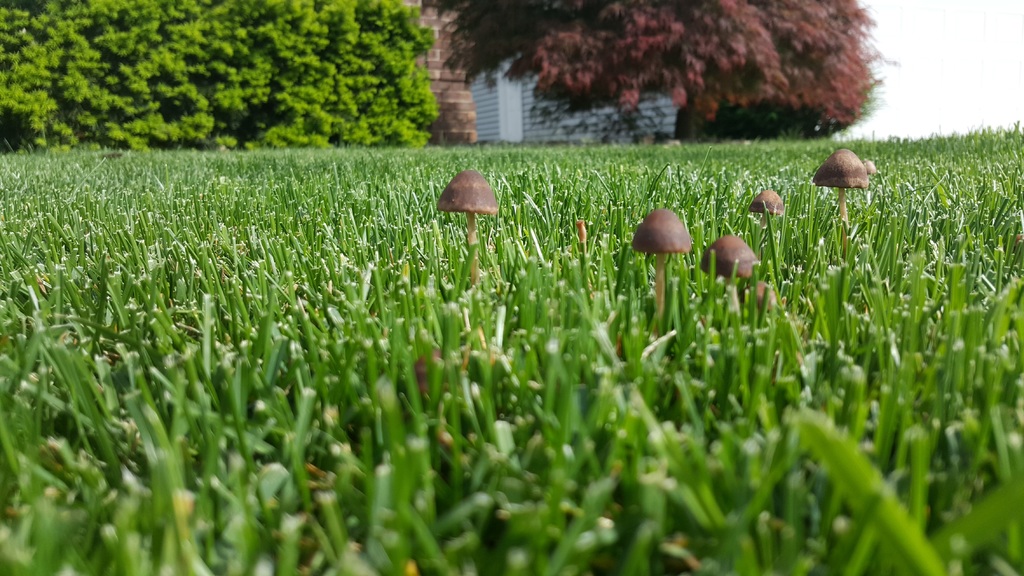Knowing when to plant warm-season grasses is extremely crucial for those who are living in areas where the weather is mostly warm all-year-round. Timing is everything when it comes to planting this type of grasses and making sure that they thrive well. Lawn grasses come in two different types namely, warm-season and cool-season grasses.
Warm-season grasses, as the name implies, are grasses that grow best during the warm season or when the temperature of the environment reaches 75 degrees Fahrenheit. Since they’re heat-loving plants, they thrive in the southern part of the United States where the sun is abundant throughout the year. You can commonly see these types of grasses grown on most homes with lawns, parks, and sports fields.

When Should You Plant Your Warm-Season Grasses?
Warm-season grasses are most active during the last days of spring, throughout the summer season, and early fall. Their best growing time is during mid-summer when the temperatures are at its peak. When the temperatures start to drop, some warm-season grasses won’t die, but they will lay dormant until the temperatures reach warmer levels.
The best time to start planting or installing your warm-season grasses depends on your location. One important thing to note is that warm-season grasses germinate best in soil with temperatures ranging from 65°F to 70°F at night. This temperature usually rises to 80°F during the daytime which is the optimal temperature for the growth of your grasses.
Timing is important in planting your warm-season grasses. When planting your seeds, it’s important to give it at least 90 days to establish its roots and get the right amount of nutrition it needs before the temperature drops below 55°F or when the first fall frost comes. Seeds that are planted late won’t be able to establish strong roots and therefore, are more likely to fail to thrive throughout the colder seasons.
Care Tips for Warm Season Grasses
In general, warm-season grasses are low-maintenance compared to cool-season grasses. Although they grow best in warm temperatures, they can still survive cooler seasons, given that they receive the right care and maintenance. Your warm-season plants will need a different type of care for every season, so it’s important to be aware of their needs to ensure that they will continue to thrive all year long.
Spring
When planting or restoring your plants in spring, one of the most important things to do is to fertilize them. During winter, your grasses are going to turn brown because of the lack of nutrients as a result of the colder temperature. For this reason, it’s important to feed them with the right fertilizer (one that is rich in nitrogen) for grasses, so the nutrients that they lost during their dormancy are given back to them.
Summer
Summer is the time for aerating your grasses. Aeration will improve your grass’s growth because it can relieve soil compaction which allows air to pass easily through the soil and reach the grass’ roots. Summertime temperatures are the most optimal for the growth of your warm-season grasses and with aeration, growth and development for your grasses will be better.
Autumn/Fall
Once the fall season comes, there will be lesser sun available for your grasses, so the most important thing to remember here is to remove fallen leaves that could form a blanket over your lawn grass and block sunlight. Be sure not to leave fallen leaves on your lawn for more than a few days.
Winter
There’s not much maintenance to do for your lawn during the winter since your grasses will be dormant the entire season unless you live in the southern part of the country. If you’ve done the necessary maintenance in the previous season, you’ll be able to see your grasses emerge by the time the snow melts.
If you live down south, just make sure to water and fertilize your grasses now and then to make sure that they’re growing well and they maintain their lush green color. Also, make sure that they get enough sunlight.
Growing Grasses in Hobby Greenhouses: Is it Possible?
It is possible to grow your grass seedlings in a hobby greenhouse before transplanting them on your lawn. In fact, starting your lawn from already established grass plugs has a better survival rate than planting the seeds directly on the lawn. Here are the other benefits of growing grass or other plants inside a hobby greenhouse:
Better Light Distribution
Good light distribution is one of the perks of having a hobby greenhouse. When sunlight hits the glass or plastic film covering the greenhouse, it can spread the sun’s rays and distribute the light evenly throughout your plants. This ensures that your plants will get the recommended amount of sunlight every day.
Pest Control and Disease Prevention
Since hobby greenhouses are enclosed spaces, fewer pests will be able to infiltrate the area, and therefore, your plants. It will also provide a way for disease prevention as you can easily isolate diseased plants and keep it away from infecting the healthy ones. With fewer pests and diseases, you won’t have to use any pesticides.
Protection Against Extreme Temperatures
Hobby greenhouses also protect plants against the damages of extreme temperatures. If you’re still establishing your warm-season grasses and the cold season is approaching before it establishes successfully, a hobby greenhouse can be a perfect place to place your grass in so it can continue growing. Inside, you can control the temperatures through fans and heating pads thus giving your plants the perfect environmental condition.
When to Plant Warm-Season Grasses: Timing is Key
If you’re looking to find some answers regarding when to plant warm-season grasses, the best answer is to find the right timing. Essentially, you should be able to plant and allow your grasses to establish before the appearance of the first frost in your area. When planting, make sure that the soil temperature is between 65°F to 80°F for optimal results.
